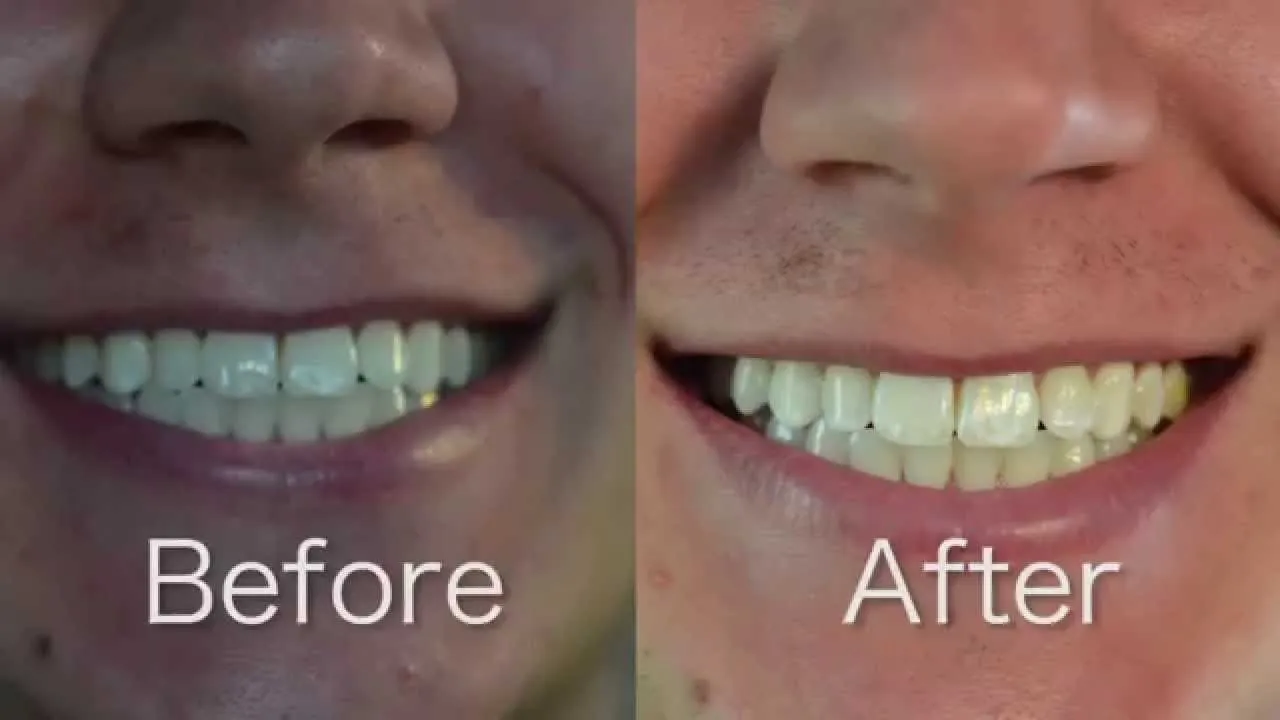Whitening Strips and Gum Burns Overview
The pursuit of a brighter smile often leads individuals to explore various teeth whitening options, with whitening strips being a popular choice for their convenience and accessibility. However, despite their widespread use, these strips can sometimes lead to an uncomfortable side effect gum burns. Understanding the causes, symptoms, and preventative measures is crucial for anyone considering or currently using whitening strips. This comprehensive guide will delve into the intricacies of this issue, providing valuable insights into how to mitigate the risks and maintain optimal oral health while achieving a dazzling smile. It’s essential to be well-informed to make the best decisions for your dental care, and this article aims to equip you with the knowledge to do just that.
Understanding the Causes of Gum Burns from Whitening Strips
Several factors contribute to the possibility of gum burns when using whitening strips. The primary culprit is often the active ingredient, hydrogen peroxide, which is designed to bleach the teeth. However, if it comes into contact with the sensitive gum tissue, it can cause irritation and, in some cases, burns. The concentration of hydrogen peroxide, the duration of exposure, and the individual’s sensitivity all play significant roles in the severity of any adverse reactions. Careful consideration of these elements is paramount to minimizing any risk of gum burns and ensuring a positive teeth-whitening experience. Proper use and application are key to prevent any unwanted discomfort.
Hydrogen Peroxide and its Effects
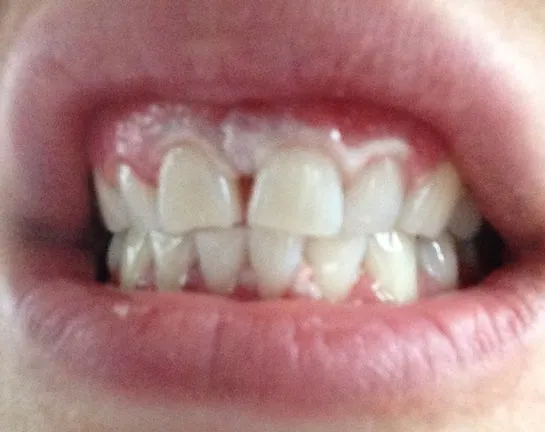
Hydrogen peroxide, the active agent in most whitening strips, is a powerful oxidizing agent. When applied to teeth, it penetrates the enamel to break down stain molecules. But, it can also irritate the delicate tissues of the gums. The higher the concentration of hydrogen peroxide, the greater the potential for irritation. Even at lower concentrations, prolonged exposure can cause sensitivity or even burns. It’s important to choose strips that are appropriate for your sensitivity levels and always follow the instructions carefully. Those with sensitive gums might consider consulting a dentist before using these products. It’s always better to be safe than sorry when it comes to oral health.
Improper Application Techniques
Incorrect application methods are another major contributor to gum burns. If the whitening strips are not applied correctly, the bleaching agent can seep onto the gums, leading to irritation. Overlapping the strips onto the gums, not trimming the strips to fit the teeth properly, or allowing the strips to slide out of place are all common mistakes. Following the product instructions meticulously is essential. Making sure the strips are properly aligned and only cover the teeth surface can help avoid the issue. If you are unsure of the proper way to apply the strips, seeking guidance from a dental professional can be extremely beneficial. Proper application can make all the difference.
Sensitivity and Pre-existing Conditions
Individuals with pre-existing conditions such as gingivitis, receding gums, or sensitive teeth are more prone to experiencing gum burns. The gum tissue in these individuals may be more vulnerable to irritation. Additionally, those with allergies or sensitivities to any of the ingredients in the whitening strips might also suffer adverse effects. Before starting any whitening treatment, it’s always best to consult with a dentist. They can assess your oral health and recommend the best and safest approach for your individual needs. Being aware of your own sensitivities is the first step toward safe teeth whitening.
Top 5 Facts About Whitening Strips and Gum Burns
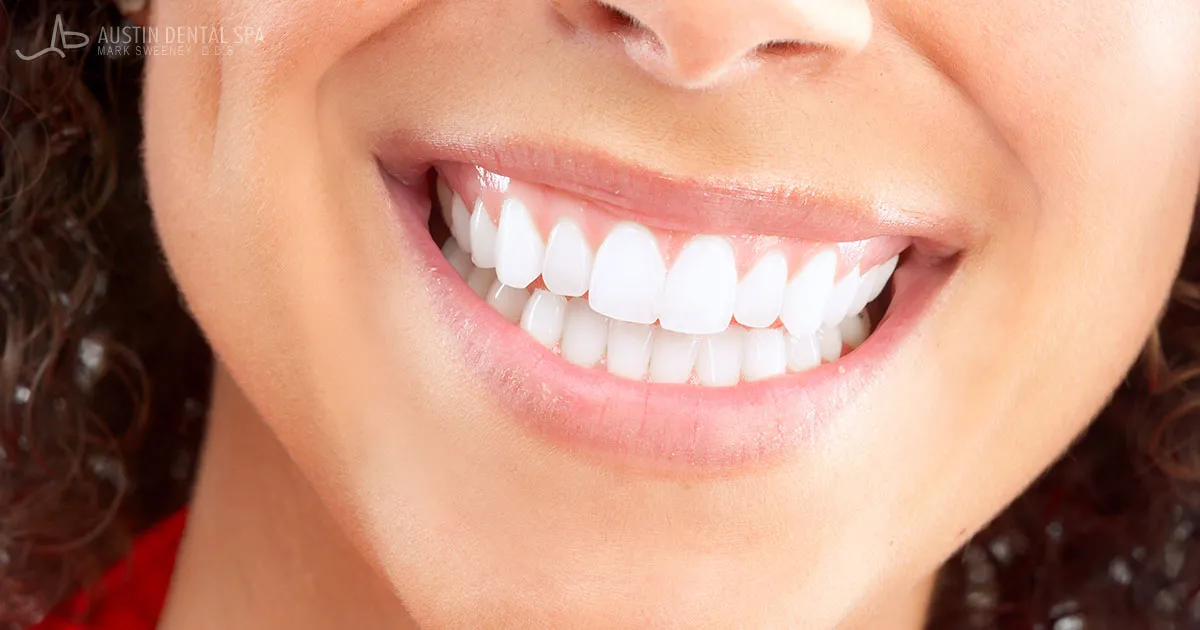
Fact 1 Common Symptoms of Gum Burns
The symptoms of gum burns from whitening strips vary, but typically include redness, swelling, and a burning sensation in the affected areas. The gums may also appear white or blistered, and can be quite painful to the touch. In more severe cases, there might be bleeding or tissue damage. These symptoms are often localized, affecting only the areas that came into direct contact with the bleaching agent. Recognizing these signs early allows for prompt action, which can help alleviate discomfort and prevent further damage. If you notice any of these symptoms, it’s important to stop using the strips immediately and consider seeking professional dental advice. The sooner you address it, the better.
Fact 2 What to Do if You Experience Burning
If you experience gum burns, the first step is to rinse your mouth thoroughly with water. This helps to remove any residual whitening agent. Avoid brushing the affected area aggressively. Applying a cold compress to the outside of your mouth can help reduce swelling and soothe the pain. Over-the-counter pain relievers, such as ibuprofen or acetaminophen, can also provide relief. It’s crucial to stop using the whitening strips immediately and allow your gums to heal. If the symptoms persist or worsen, consulting a dentist is highly recommended. Prompt action can prevent complications and facilitate quicker healing. Take care of the issue right away to avoid it getting worse.
Fact 3 How to Prevent Gum Burns
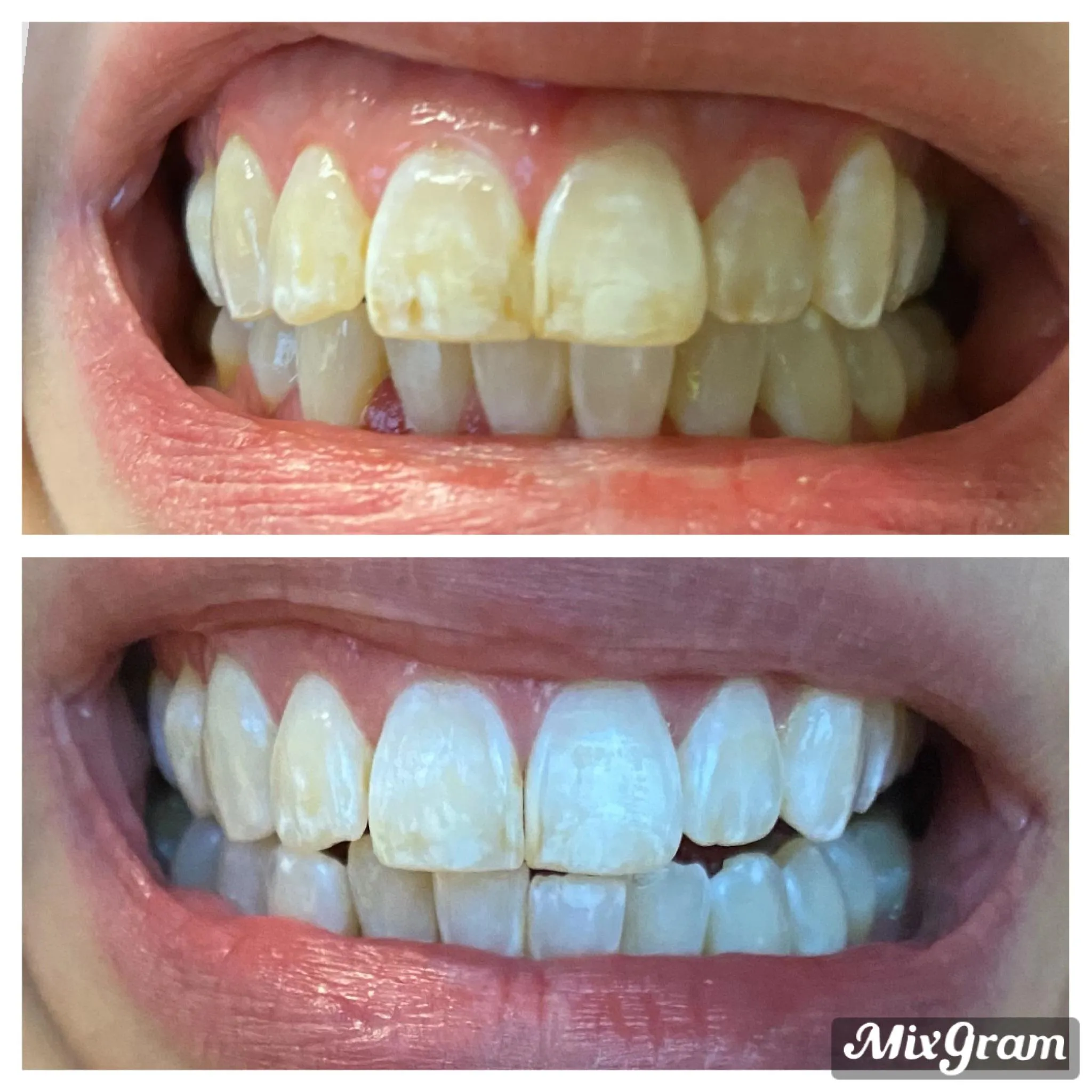
Prevention is always better than cure. To prevent gum burns, always follow the product instructions carefully. Ensure the strips fit your teeth properly and do not overlap onto your gums. Avoid brushing your teeth immediately before or after applying the strips, as this can increase sensitivity. If you have sensitive gums, consider using a lower-concentration whitening strip or shortening the application time. A dental professional can also provide customized advice. Regular dental check-ups and cleanings can also help identify any underlying issues that might make you more prone to gum irritation. By taking these precautions, you can enjoy a brighter smile with minimal risk.
Fact 4 Different Types of Whitening Strips and their Effects
Not all whitening strips are created equal. The concentration of hydrogen peroxide varies among different brands and products. Some strips contain higher concentrations for faster results, while others offer lower concentrations for those with sensitive teeth. There are also strips designed for specific needs, such as those that target both the front and back of teeth, or those that feature advanced adhesion technology. Choosing the right type of strip is crucial to minimize the risk of gum irritation. Doing your research and reading reviews can assist in making an informed decision. It’s also always a good idea to talk to your dentist. They can recommend the best products based on your specific needs and oral health.
Fact 5 When to Seek Professional Dental Help
While minor irritation from whitening strips may resolve on its own, it’s important to know when to seek professional help. If the gum burns are severe, causing significant pain, blistering, or bleeding, you should consult a dentist immediately. Any signs of infection, such as pus or fever, also warrant immediate attention. A dentist can assess the extent of the damage, provide appropriate treatment, and advise on how to prevent future incidents. They can also recommend alternative teeth-whitening options that may be safer for your specific oral health needs. Don’t hesitate to seek professional advice if you’re concerned about your oral health.
Long-Term Effects and Solutions
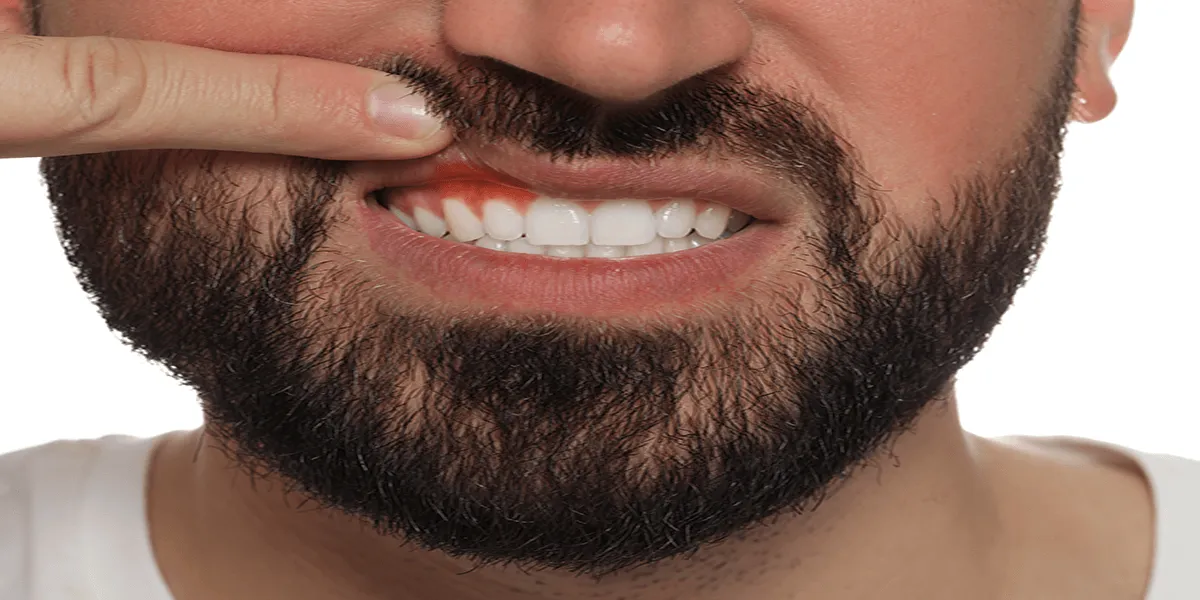
Effective Home Remedies
In addition to immediate care measures, several home remedies can help soothe and promote healing of gum burns. Rinsing your mouth with saltwater solution (1/2 teaspoon of salt in 8 ounces of warm water) can reduce inflammation and promote healing. Applying aloe vera gel to the affected area can also help alleviate discomfort, as aloe vera has anti-inflammatory and soothing properties. Eating soft foods and avoiding hot or spicy foods can prevent further irritation. Proper oral hygiene, including gentle brushing and flossing, is essential to avoid infection. These home remedies can be very effective, but they are not a substitute for professional care if the problem is severe. Always consult your dentist.
Professional Dental Treatments
For more severe cases, a dentist can provide professional treatments to speed up the healing process. They may apply topical medications to reduce inflammation and promote healing. In cases of significant tissue damage, your dentist might recommend a specialized treatment. Your dentist can also identify and address any underlying issues that may have contributed to the gum burns. Regular check-ups and professional cleanings are also crucial for maintaining optimal oral health and preventing future complications. Seeking professional help can ensure appropriate care, preventing any long-term problems. A dentist can help heal the issue quickly.
Conclusion
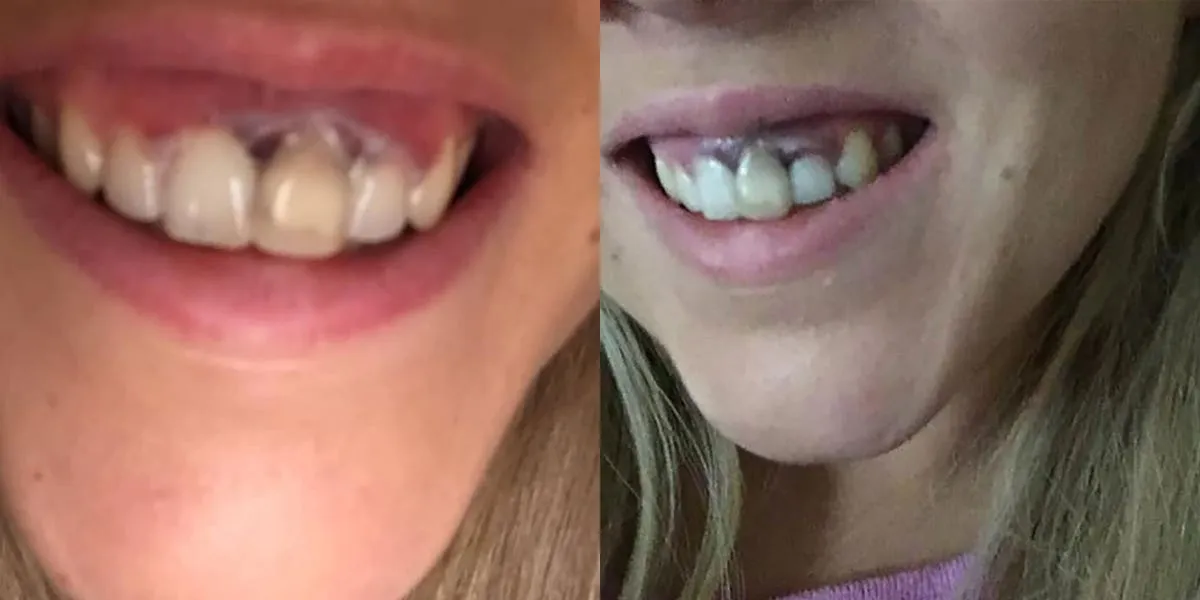
Whitening strips can be an effective way to brighten your smile, but it’s essential to be aware of the potential risks, including gum burns. By understanding the causes, recognizing the symptoms, and taking preventive measures, you can minimize the chances of experiencing this discomfort. Prioritizing your oral health and seeking professional advice when needed ensures that you can achieve a brighter smile safely and effectively. Remember that consistent care and attention to detail are key to a healthy and beautiful smile. Enjoy your brighter smile with a healthy mouth.
